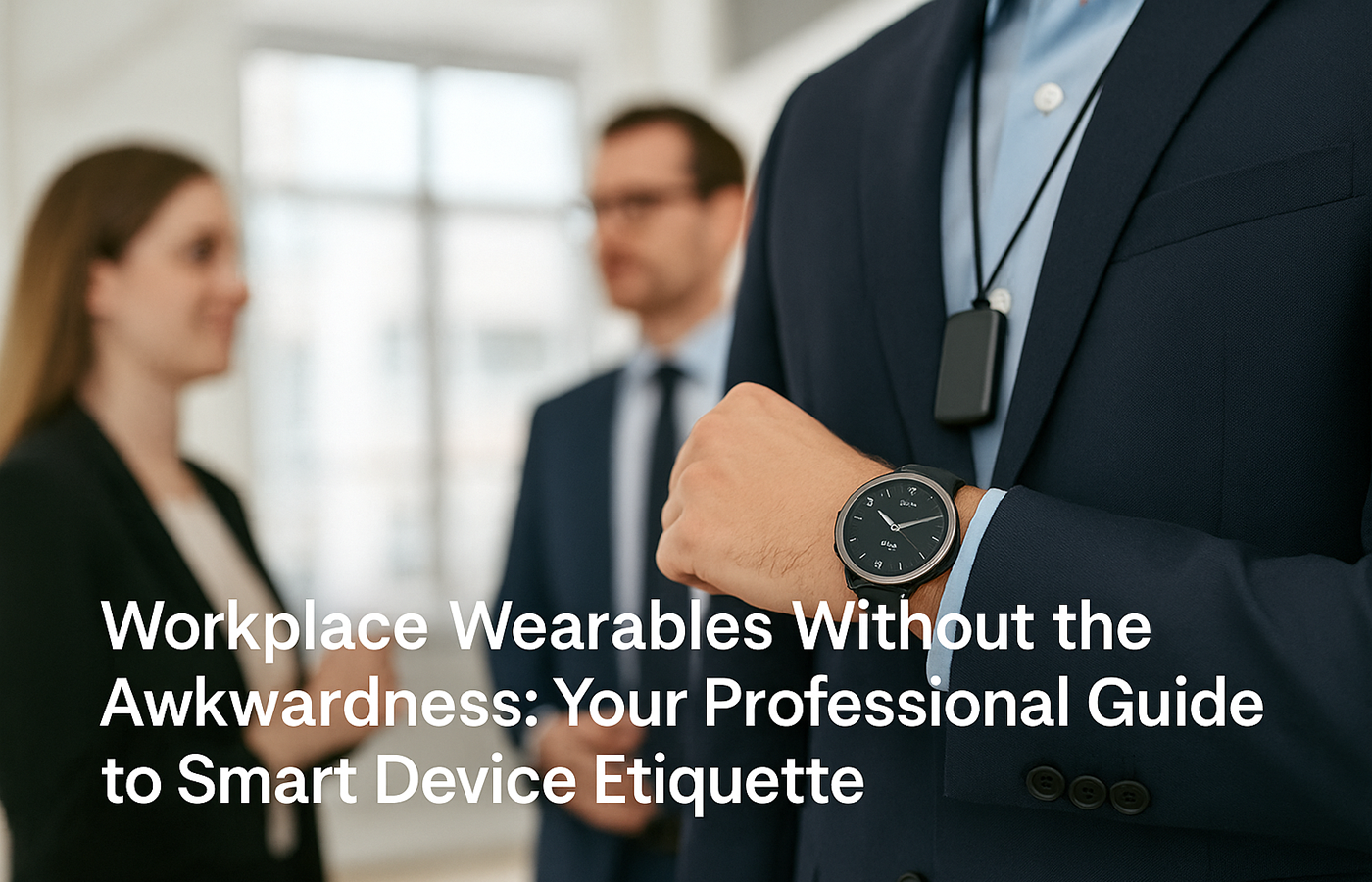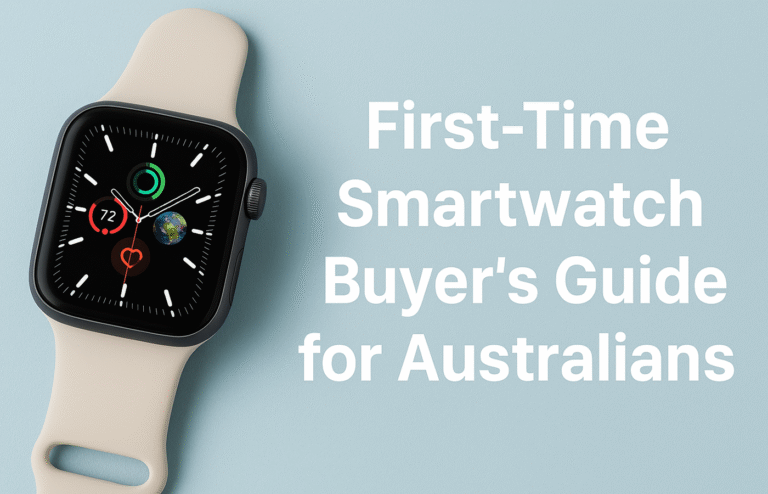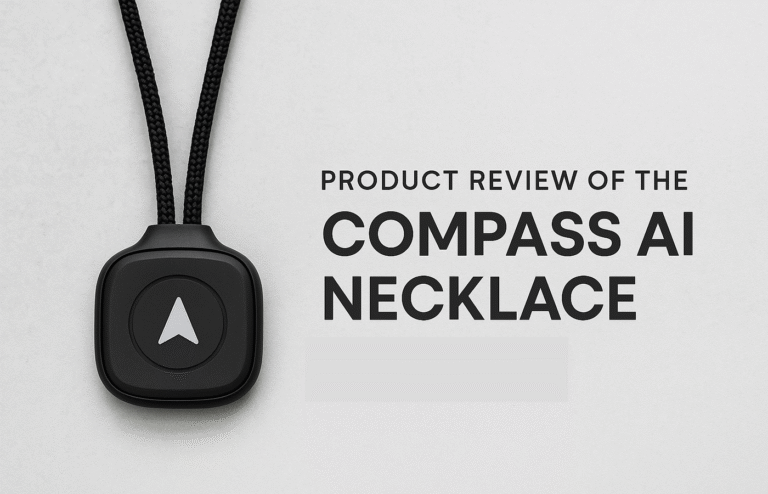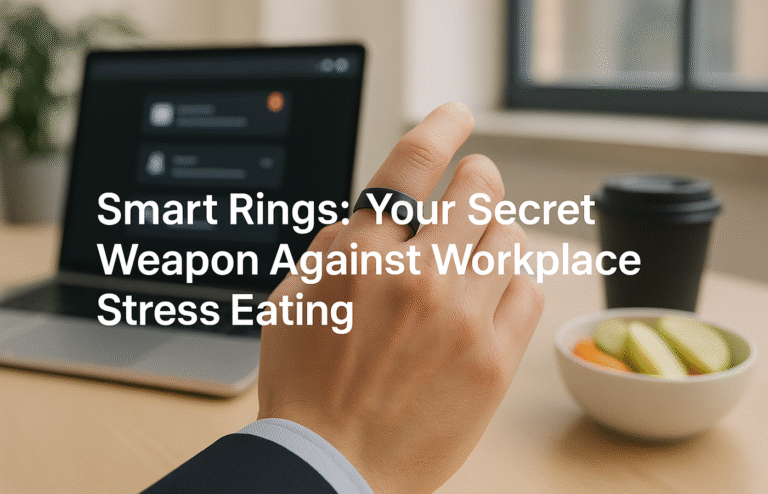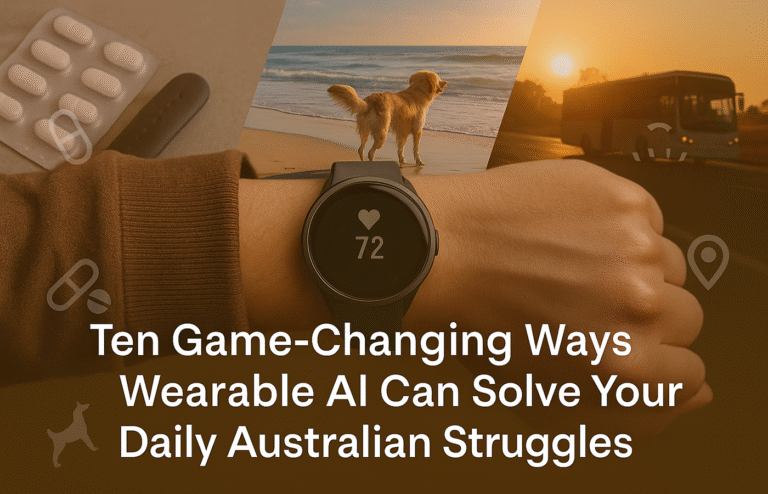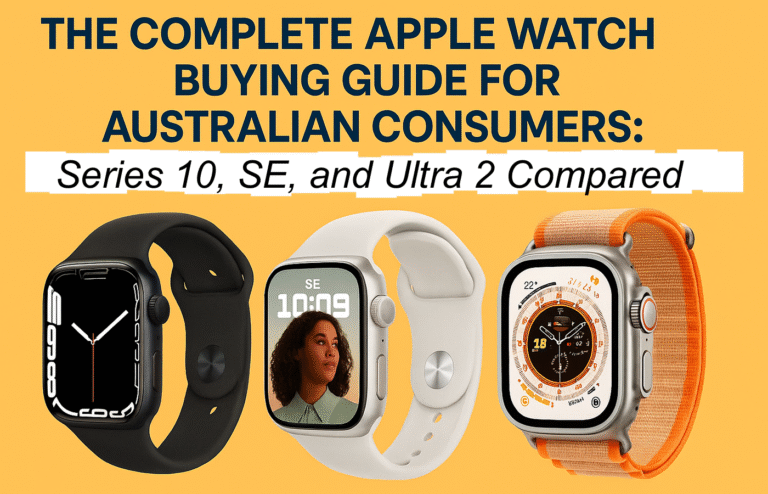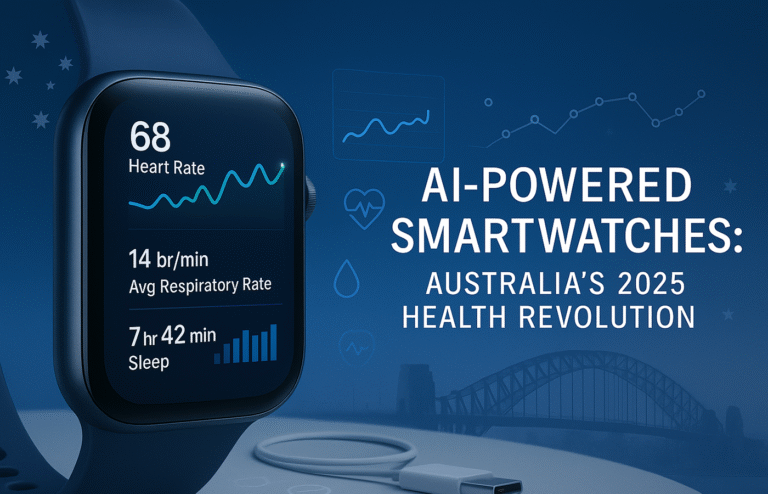Workplace Wearables Without the Awkwardness: Professional Etiquette Guide
Australian professionals face unique challenges integrating wearable AI whilst maintaining professional relationships and legal compliance under Privacy Act 1988 recording consent requirements.
Key Etiquette Principles:
● Disable recording features during confidential client meetings
● Announce transcription usage proactively for transparency
● Configure notifications to prevent interruptions during colleague interactions
● Select professional-appearing devices that complement business attire
Industry-Specific Considerations:
● Healthcare: Patient privacy and infection control protocols
● Corporate: Confidentiality frameworks during sensitive discussions
● Education: Student privacy requirements for recording devices
Legal Compliance:
● Recording consent varies between Australian states
● Workplace surveillance regulations create privacy complexities
● Industry-specific regulations may restrict device usage entirely
Success Strategy: Balance technological capability with human sensitivity, focusing on enhanced professional effectiveness rather than showcasing latest gadgets.
Workplace Wearables Without the Awkwardness: Your Professional Guide to Smart Device Etiquette
Your smartwatch buzzes during the CEO’s presentation. Your AI necklace’s recording light blinks during a confidential client meeting. Your colleague asks why you’re constantly checking your wrist during conversations. Sound familiar? Welcome to the modern workplace dilemma of integrating cutting-edge wearable technology whilst maintaining professional relationships and legal compliance.
As wearable AI becomes increasingly sophisticated, Australian professionals face a unique challenge: how do you leverage these powerful productivity tools without alienating colleagues, violating privacy expectations, or inadvertently breaching workplace policies? The answer lies not in avoiding the technology, but in mastering the art of professional wearable etiquette.
Understanding Your Workplace Wearable Arsenal
Before diving into etiquette, it’s essential to understand what you’re working with. Smartwatches and fitness trackers represent the most socially accepted workplace wearables, though their constant notifications can still disrupt professional interactions. These devices require careful notification management to maintain professional appearance standards.
AI necklaces and pendants introduce complex recording consent considerations. Whilst these devices offer incredible productivity benefits for meeting documentation and memory enhancement, their recording capabilities create legitimate privacy concerns among colleagues and clients. Understanding when and how to use these devices appropriately becomes crucial for professional relationships.
Smart rings provide discrete monitoring capabilities whilst maintaining professional hand presentation. However, even these subtle devices require consideration regarding data privacy and workplace surveillance policies. Their very discretion can sometimes work against professional transparency expectations.
Smart earbuds present particular challenges in open office environments. Whilst they offer excellent noise cancellation and call quality, their use must be balanced against the need for collaborative communication and environmental awareness in workplace settings.
Navigating Australian Workplace Law
Australian workplace law adds specific complexities to wearable device usage that professionals must understand. The Privacy Act 1988 directly impacts how recording-capable devices can be used in workplace settings. When your AI necklace records conversations for transcription, you’re potentially collecting personal information that falls under privacy legislation requirements.
Moreover, workplace surveillance regulations create a complex landscape where employer rights intersect with employee privacy expectations. Your wearable device might inadvertently capture information about colleagues’ activities, conversations, or performance, creating potential legal complications that extend beyond simple etiquette concerns.
Recording consent requirements vary significantly across Australian states, with some requiring two-party consent whilst others operate under one-party consent frameworks. This becomes particularly relevant for professionals who travel between states or work with interstate colleagues through video conferencing platforms.
Industry-specific regulations further complicate the landscape. Healthcare professionals must navigate patient privacy requirements equivalent to international HIPAA protections. Education sector workers face strict guidelines around student privacy and inadvertent recording of minors. Government sector employees often work under additional security clearance requirements that restrict recording device usage entirely.
Professional Etiquette Fundamentals
Meeting room protocols represent the cornerstone of workplace wearable etiquette. Before entering any formal meeting, consider the appropriate stance for your devices. During client presentations or confidential discussions, completely disabling recording features demonstrates respect for privacy expectations. However, for internal brainstorming sessions, you might simply announce your intention to use transcription features for note-taking purposes.
Client interaction guidelines require heightened sensitivity. When meeting with external stakeholders, your wearable technology choices reflect your organisation’s professionalism and attention to detail. This means ensuring devices complement rather than distract from your professional appearance, managing notifications to prevent interruptions, and being transparent about any recording capabilities that might affect the conversation.
Open office considerations demand balancing personal productivity benefits with collective workplace harmony. Your smartwatch’s helpful notifications become problematic when they constantly draw your attention away from colleague interactions. Similarly, smart earbuds that improve your focus can inadvertently signal unavailability to team members seeking collaboration.
Video conference best practices have become increasingly important in Australia’s hybrid work environment. Managing wearable notifications during virtual meetings requires the same consideration as face-to-face interactions, with the added complexity of ensuring devices don’t interfere with audio or video quality for remote participants.
Industry-Specific Professional Applications
Healthcare professionals face unique challenges and opportunities with workplace wearables. During 12-hour shifts, smartwatches can provide crucial health monitoring for the caregivers themselves whilst offering hands-free communication capabilities during patient care. However, patient privacy requirements create strict boundaries around recording features, and infection control protocols demand specific cleaning and sanitisation procedures for any device used in clinical settings.
Corporate and finance workers operate within strict confidentiality frameworks that significantly impact wearable usage. Recording devices become problematic during sensitive financial discussions, merger negotiations, or strategic planning sessions. Professional appearance standards in client-facing roles also influence device selection, favouring subtle, high-quality options that complement business attire.
Education sector professionals must navigate complex student privacy considerations whilst leveraging wearables for professional development and classroom management. Recording capabilities require careful management to avoid inadvertently capturing student conversations or behaviours, whilst fitness tracking features can support teacher wellness during demanding school days.
Trades and manufacturing workers benefit significantly from hands-free communication and safety monitoring capabilities, though environmental durability becomes paramount. In these settings, wearables can enhance workplace safety through emergency communication features and environmental hazard detection, but they must withstand harsh conditions without compromising functionality.
Communication and Transparency Strategies
Colleague notification about recording-capable devices requires diplomatic finesse. Rather than announcing “my AI necklace is recording everything,” try “I’m using my note-taking device to capture action items from our discussion—please let me know if you’d prefer I take traditional notes instead.” This approach demonstrates respect for others’ comfort levels whilst maintaining your productivity benefits.
Manager conversations about wearable usage should occur proactively rather than reactively. During performance reviews or one-on-one meetings, discuss how your devices enhance your productivity and contribute to work quality. Frame the conversation around professional development and efficiency improvements rather than personal convenience.
Team integration strategies help ensure wearables enhance rather than isolate you from colleagues. Share relevant insights from your devices when appropriate—perhaps sleep quality data that explains your energy levels or activity reminders that encourage team movement breaks. However, avoid oversharing personal health information that might make colleagues uncomfortable.
Client disclosure requires professional judgment about when and how to address wearable technology. For long-term client relationships, casual mention of your note-taking technology can build trust and transparency. However, for sensitive negotiations or first meetings, prioritising traditional methods might better serve professional relationships.
Technology Management Best Practices
Notification prioritisation becomes crucial for maintaining professional focus. Configure your devices to allow only genuinely urgent communications during work hours—emergency calls from family, critical client messages, or urgent internal communications. Everything else should wait for designated check-in periods that don’t disrupt colleague interactions.
Battery management strategies ensure your devices remain functional throughout extended work days without creating distractions. Develop charging routines that leverage break periods, lunch hours, or commute times. Consider backup power solutions for critical devices during particularly demanding work periods or when travelling for business.
Data security protocols protect both personal and work-related information stored on your devices. This includes understanding which applications have access to your wearable data, how information syncs across devices and cloud services, and what happens to work-related data if you leave your organisation or lose your device.
Professional Appearance and Workplace Harmony
Dress code integration requires selecting devices that complement rather than clash with your professional attire. Premium smartwatches with leather or metal bands integrate better with business formal environments than sporty silicone options. Similarly, AI necklaces should appear as sophisticated accessories rather than obvious technology devices in client-facing roles.
Generational considerations help bridge technology gaps between different age groups in your workplace. Younger colleagues might embrace your latest wearable innovations, whilst senior staff members could view them as distracting or unprofessional. Demonstrating tangible productivity benefits and maintaining respectful usage patterns helps build acceptance across generational divides.
Accessibility support represents one of the most compelling professional arguments for workplace wearables. These devices can significantly enhance workplace inclusion for colleagues with hearing difficulties, mobility challenges, or other accessibility needs. When framed as inclusive technology rather than personal gadgets, wearables gain broader workplace acceptance.
Building Sustainable Workplace Integration
Conflict resolution skills become essential when colleagues express concerns about your wearable usage. Listen actively to their concerns, acknowledge legitimate privacy worries, and propose compromises that address their comfort levels whilst maintaining your productivity benefits. Sometimes this means adjusting usage patterns or being more transparent about device capabilities.
Future-proofing your approach prepares you for emerging technologies entering professional environments. The etiquette principles you develop for current devices will apply to future innovations, whether they’re advanced AR glasses, neural interfaces, or technologies we haven’t yet imagined. Focus on building transferable skills around transparency, respect, and professional integration.
The Path Forward
Successfully integrating wearable AI into Australian workplaces requires balancing technological capability with human sensitivity. The goal isn’t to showcase the latest gadgets, but to enhance your professional effectiveness whilst maintaining positive relationships and legal compliance.
Remember that workplace wearable etiquette evolves with technology and social norms. What seems intrusive today might become standard practice tomorrow, whilst current acceptable behaviours could become outdated as new technologies emerge. Stay adaptable, remain considerate of others’ perspectives, and focus on using technology to enhance rather than replace human professional interactions.
The most successful professionals will be those who master not just the technology itself, but the art of integrating it seamlessly into workplace relationships. Your wearable devices should enhance your professional reputation, not detract from it—and that requires thoughtful consideration of etiquette, transparency, and respect for colleagues’ comfort levels.

